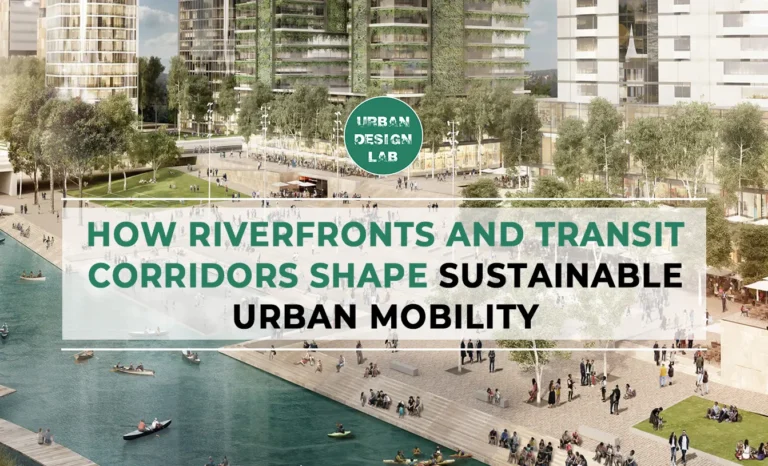
Transforming Lavasa: A Sustainable Master-Planned Hill City by HOK
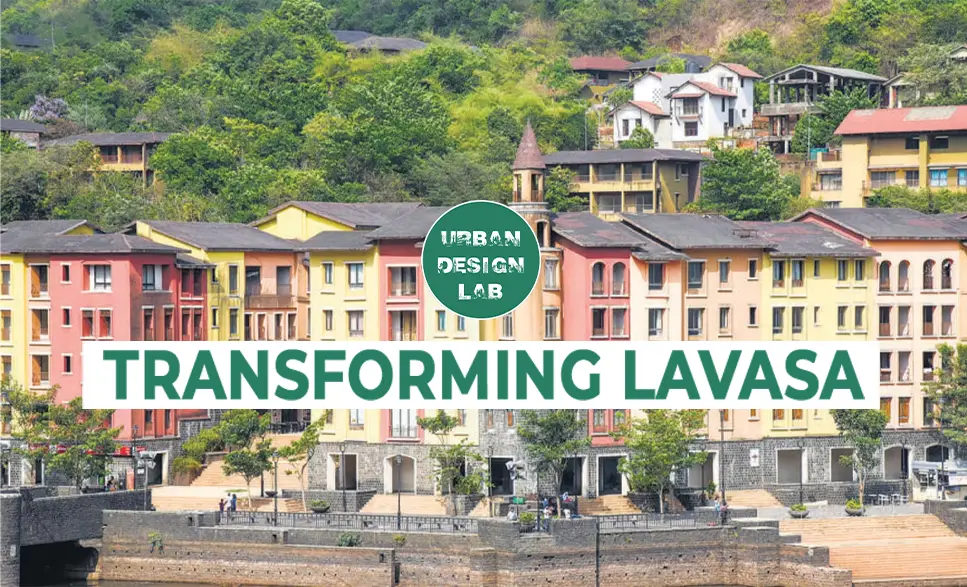
Lavasa, a planned hill city in the Western Ghats of India, is the result of HOK Architects and architect Daniel M. Herman’s innovative approach to sustainable urban development. This project emphasises eco-friendly infrastructure and community-focused architecture to combine modern living with environmental preservation.
The city’s architecture, which includes mixed-use zones and terraced structures, blends well with the surrounding scenery. A beautiful shoreline, lots of green space, and a variety of residential, business, and recreational areas are important elements. By encouraging the use of electric buses, wide pathways for pedestrians, and bike lanes, Lavasa lessens the dependency on personal automobiles and advances sustainable urban mobility.
Waste management, water conservation, and energy efficiency are the three main focuses of the city’s environmental programs. To reduce their negative effects on the environment, waste-to-energy systems, rainwater collection, and renewable energy sources are used.
Master plan and design
Lavasa’s master plan, developed by HOK International, integrates residential, commercial, educational, and recreational zones. The plan prioritizes green spaces and aims to preserve the ecological balance of the Western Ghats. The city is divided into five phases, with each phase designed to be self-contained with necessary amenities.
Key elements of the master plan
- Residential Areas – Designed to offer a variety of housing options, from apartments to villas, catering to different income groups.
- Commercial Zones – Include shopping centres, office spaces, and business parks to promote economic activity.
- Educational and Healthcare Facilities – Establishments like Christ University and healthcare centres provide essential services to residents.
- Recreational Areas – Parks, sports facilities, and cultural centres are strategically placed to enhance the quality of life.
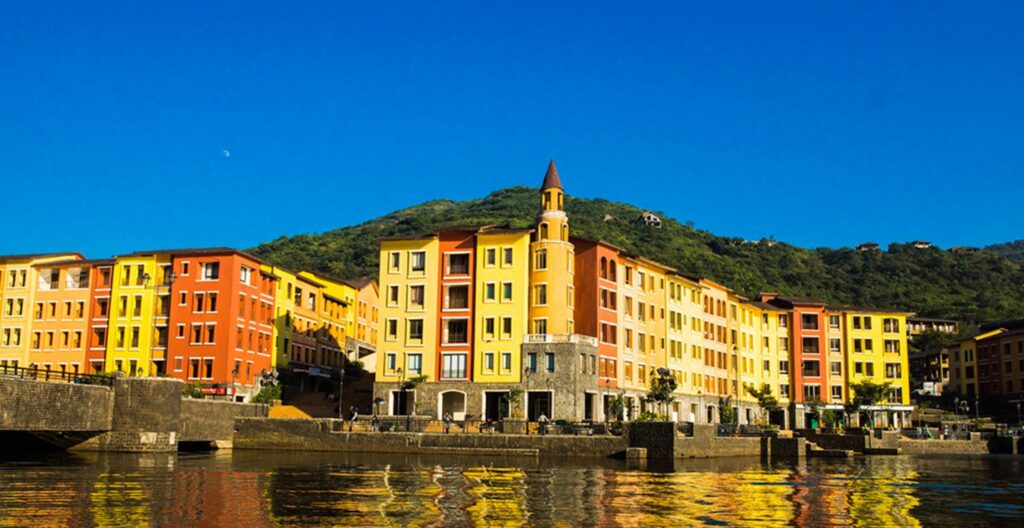
Source: Website Link
Transport and services
Transport
Lavasa’s transportation plan focuses on minimizing car dependency by promoting walkability and cycling. The city’s internal transport network consists of well-planned roads, pedestrian pathways, and cycling tracks. A shuttle bus service connects various parts of the city, ensuring accessibility. Additionally, Lavasa is connected to Pune and Mumbai via the Mumbai-Pune Expressway, making it accessible for tourists and residents.
Services
- Water Supply – The city has an advanced water management system, including rainwater harvesting, to ensure a sustainable water supply.
- Waste Management – The city has implemented waste segregation and recycling programs, alongside an organic waste converter for composting.
- Energy – Lavasa utilizes a mix of energy sources, including conventional and renewable energy, with plans to incorporate solar and wind energy systems.
- Healthcare – The city offers healthcare facilities, including hospitals and clinics, catering to both residents and visitors.
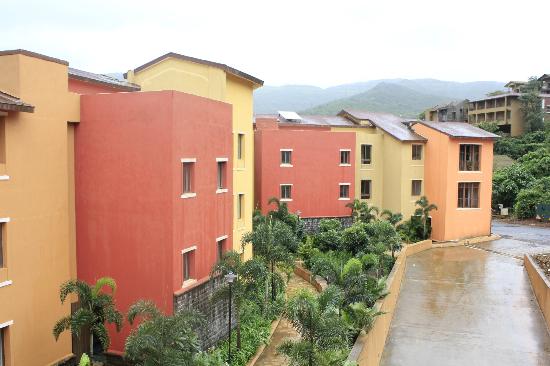
Source: Website Link
Analysing the Role of Pedestrian Walkways and Public Transportation
Design and integration
A system of walkways that trace the land’s natural contours complements the city’s steep topography and scenic settings. This design strategy offers pedestrians beautiful views and a comfortable strolling experience while also protecting the surrounding natural ecosystem. All age groups and abilities can use the walkways because they are made to be accessible, have mild gradients, and have enough illumination.
Encouraging Walkability
Lavasa’s emphasis on sidewalks for pedestrians encourages a walkable urban setting. Walkability plays a major role in lessening traffic congestion and carbon emissions by reducing the need for private vehicles. Residents are encouraged to walk for everyday purposes, such as shopping, commuting to work, or leisure, when there are well-maintained pedestrian pathways nearby. This encourages social contact and a sense of community, in addition to supporting a healthier way of living.
Connectivity & Public Spaces
Lavasa’s public spaces, which include parks, plazas, and waterfront areas, contribute to the city’s pedestrian network. These areas, which offer places for rest, socialization, and recreational activities, are thoughtfully positioned along pedestrian pathways. All public amenities are conveniently located within walking distance of one another thanks to the pathways that connect the city’s many areas, contributing to the overall urban experience.
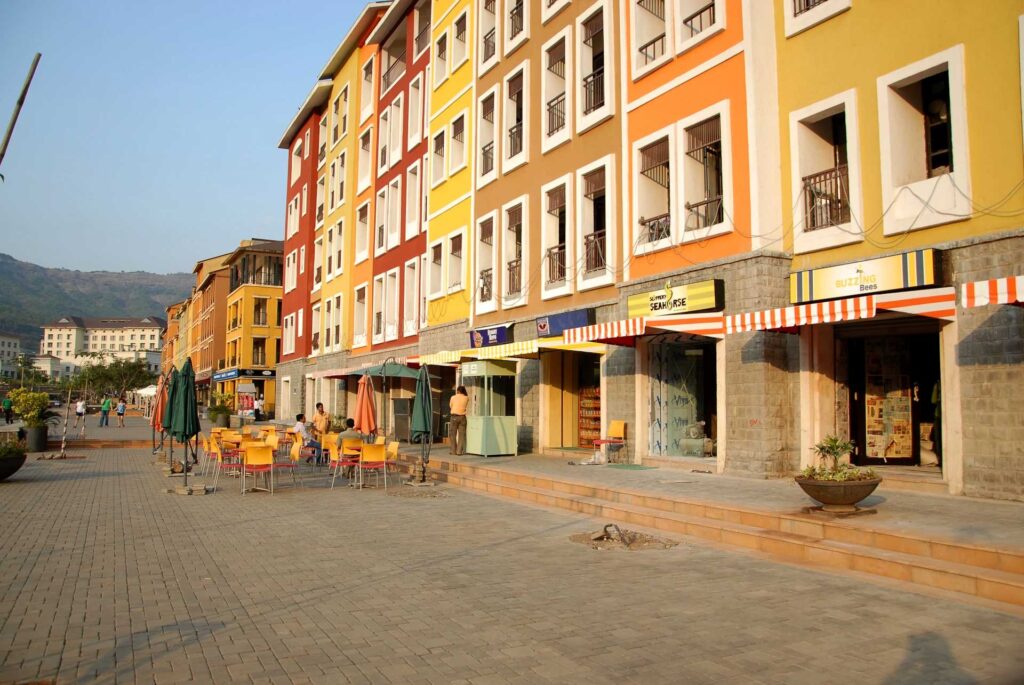
Source: Website Link
Public Transportation
Reducing Environmental Impact
Lavasa’s public transit infrastructure is built to leave as little of an environmental imprint as possible. To lessen its reliance on fossil fuels and cut down on air pollution, the city operates a fleet of electric buses and shared automobiles. Since residents can readily access public transit stops on foot, the integration of public transportation with the pedestrian network further fosters sustainable mobility.
Convenience and Accessibility
Lavasa’s public transit system is made to be both convenient and accessible to all locals. To meet various demands, the city offers a variety of transportation choices, such as shared bicycles, buses, and shuttles. To guarantee that public transportation is a competitive substitute for private automobiles, the transit routes are designed to encompass all significant residential, business, and recreational districts.
Urban Mobility and Inclusivity
Lavasa’s emphasis on public transit encourages equitable access to urban resources and inclusivity. The city makes sure that everyone has access to opportunities and necessary services, irrespective of socioeconomic level, by offering reasonably priced and effective transit choices. In addition to promoting social justice, this inclusive approach to urban mobility lessens gaps in access to healthcare, work, and education.

Source: Website Link
Challenges and Considerations
Topographical Constraints
Lavasa’s mountainous geography presents difficulties for public transportation and pedestrian pathways. Some inhabitants may find it difficult to walk on steep grades, especially the elderly and those with mobility issues. Similar to this, meticulous planning is needed when creating effective public transportation routes in such terrain to prevent excessive energy use and guarantee safety.
Maintenance and Upkeep
The effectiveness of public transit infrastructure, including pedestrian walkways, depends on its ongoing maintenance. Ensuring safety, accessibility, and aesthetic appeal requires routine maintenance. This entails keeping public vehicles regularly inspected, as well as ensuring clear routes and sufficient illumination.
Integration with Larger Urban Systems
Integration with larger regional transportation networks is necessary for Lavasa’s pedestrian and public transportation systems to operate as intended. This entails facilitating easy transit alternatives for intercity travel, establishing connections between Lavasa and neighbouring cities and regions, and fostering regional economic integration.
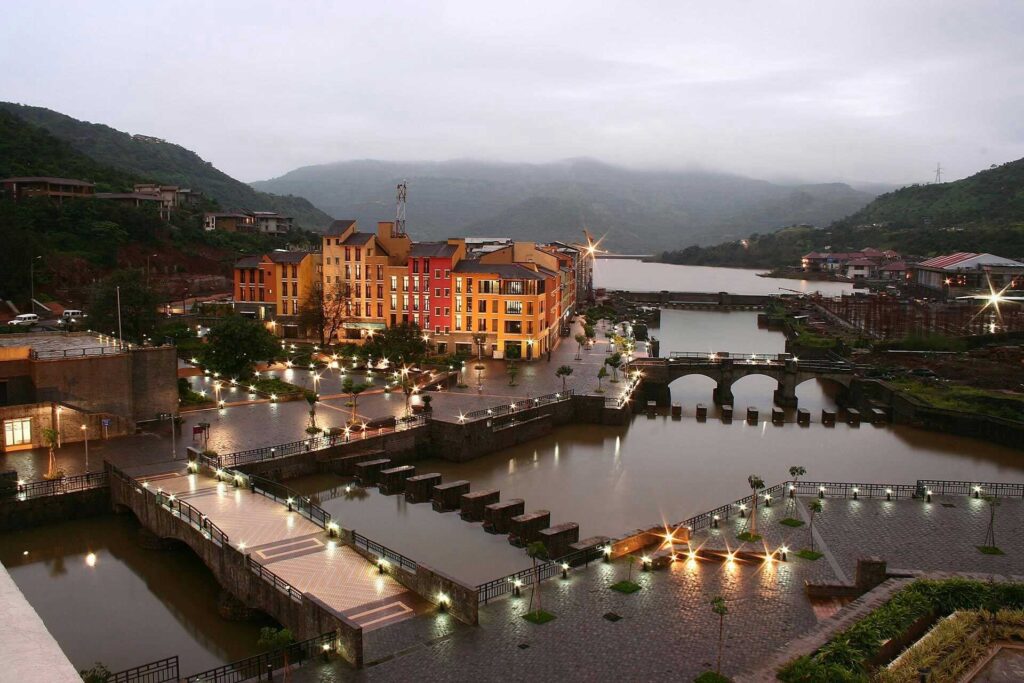
Source: Website Link
Sustainable and Environmental Initiatives
The development of the city incorporates several programs meant to reduce negative effects on the environment and encourage sustainable living. These programs include a wide range of topics, such as waste reduction, biodiversity preservation, water management, energy efficiency, and sustainable urban planning.
Energy Efficiency and Renewable Energy
Energy-Efficient Buildings
Lavasa works to reduce energy consumption in buildings by designing and building them with energy-efficient features. The total amount of energy consumed can be decreased by using energy-efficient insulation, HVAC (heating, ventilation, and air conditioning) systems, and lighting. To reduce the need for artificial lighting and mechanical cooling, buildings are built to optimize natural light and ventilation.
Integration of Renewable Energy
To address its energy needs, the city has integrated renewable energy sources like solar electricity. To provide power, solar panels are mounted on roofs and other suitable surfaces. Utilizing solar energy helps cut greenhouse gas emissions and lessens the city’s dependency on non-renewable energy sources.
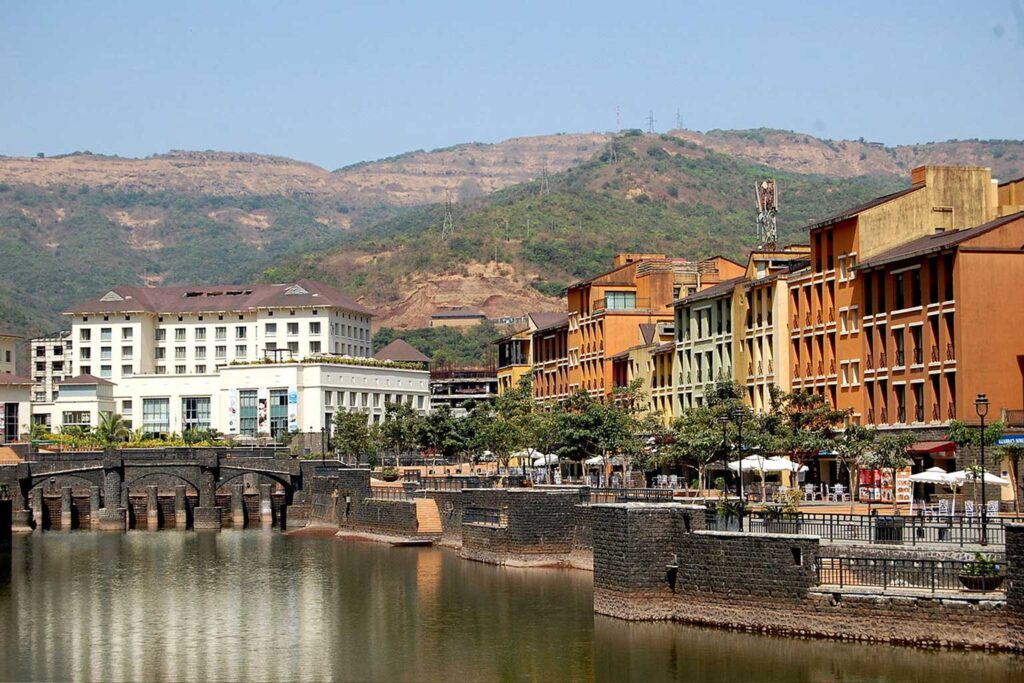
Source: Website Link
Water Management
Rainwater Harvesting
Lavasa uses systems that collect and hold rainwater for use in landscaping, irrigation, and toilet flushing, among other non-potable applications. By lowering the strain on nearby water supplies and assisting in the management of storm water runoff, this project helps avoid flooding and soil erosion.
Water Recycling and Reuse
To recycle and repurpose wastewater, the city uses cutting-edge water treatment technologies. Freshwater use is decreased by using treated wastewater for things like cooling systems and irrigation. The effective use of water resources is ensured by this closed-loop water management system, which also reduces wastewater discharge into natural water bodies.
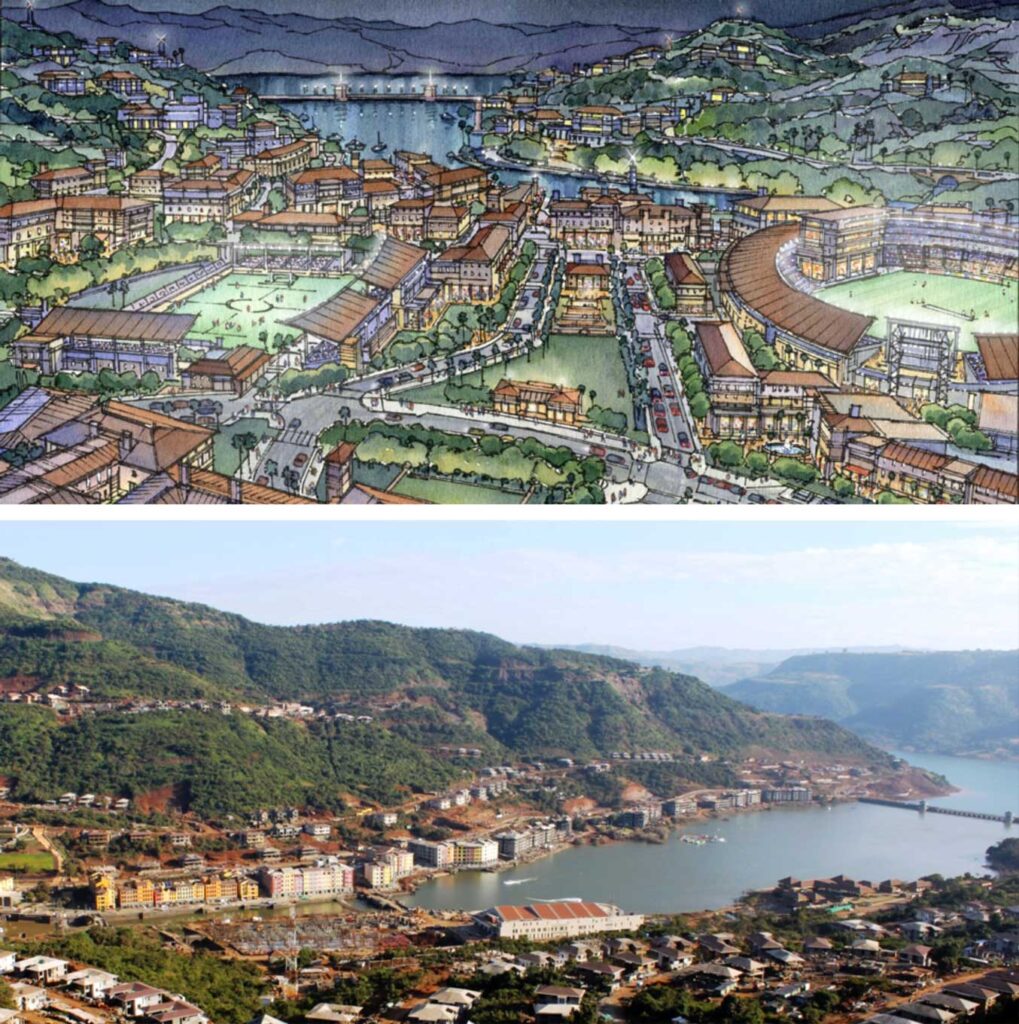
Source: Website Link
Waste management
Solid trash Management
Lavasa has put in place a thorough system that comprises collection, recycling, and trash segregation at the source. The city promotes the separation of recyclables, organic garbage, and non-recyclable waste among its citizens and enterprises. While organic garbage is composted or turned into biogas, recyclable materials are processed and repurposed.
Waste-to-Energy Initiatives
Lavasa investigates waste-to-energy technologies to minimize the quantity of waste dumped in landfills. These programs entail using techniques like gasification or incineration to turn non-recyclable garbage into electricity. This method helps meet the city’s overall energy needs by producing energy and reducing the amount of waste produced.
Source: Website Link
Biodiversity and Ecosystem Conservation
Green Spaces and Landscaping
The preservation and improvement of green places, such as parks, gardens, and natural reserves, are top priorities for Lavasa. The city plants native tree species as part of its afforestation and reforestation initiatives to boost biodiversity and improve air quality. In addition to providing habitats for nearby species, these green areas enhance the visual appeal of the city.
Corridors for Wildlife and Wildlife Conservation
To allow animals to roam freely and protect their natural environments, the city’s urban design includes wildlife corridors. Lavasa lessens the effects of urban growth on the native flora and fauna and promotes biodiversity conservation by limiting habitat fragmentation.
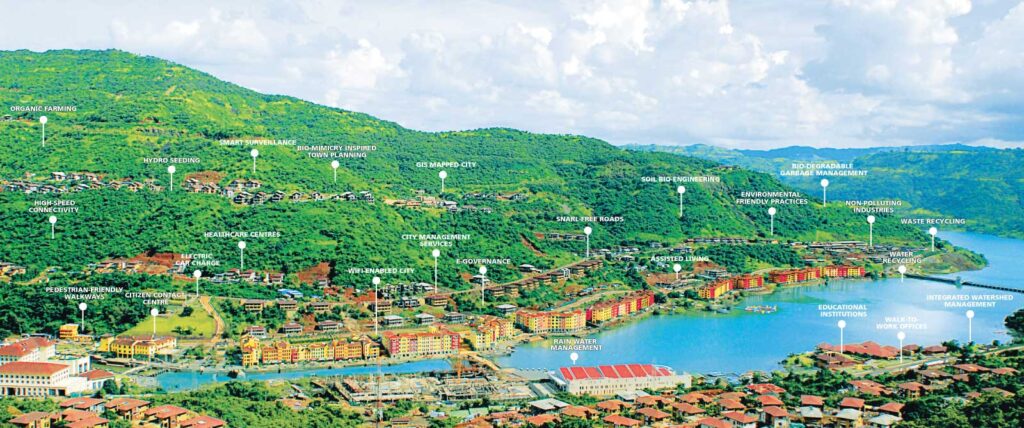
Source: Website Link
Sustainable Urban Planning
Low-Impact Development
To reduce the environmental impact of urbanization, Lavasa’s urban planning places a strong emphasis on low-impact development (LID) techniques. This entails preserving natural terrain, utilizing permeable surfaces to improve groundwater recharge, and maintaining natural drainage patterns. Because the city does not alter its land much, it reduces soil erosion and maintains the natural scenery.
Public Transportation and Non-Motorized Mobility
Lavasa encourages public transportation and non-motorized mobility to lower carbon emissions and traffic congestion. The city has created a network of shared and electric bus options for public transportation. Furthermore, the abundance of bike lanes and pedestrian walkways encourages locals to choose environmentally friendly forms of transportation, which lessens their dependency on personal vehicles.
Conclusion
Lavasa has demonstrated a holistic approach to urban development that places ecological balance and resource conservation at the forefront through its environmental and sustainable projects. Lavasa is a role model for developing eco-friendly urban environments because of its resilient infrastructure, creative approaches to waste and water management, commitment to biodiversity preservation, and environmentally conscious urban planning. In addition to improving the lives of its citizens, the city’s dedication to sustainability advances the more general objectives of environmental preservation and sustainable growth. The lessons from Lavasa’s projects are helpful for cities around the world that are trying to achieve sustainable growth while urbanization keeps growing.

Sharmila Manimaran
About the author
Sharmila Maniraman is a landscape architect dedicated to integrating creativity with conservation in urban environments. Her commitment to preserving cultural heritage is evident in her award-winning thesis, “The House of Pilgrims, Palani,” recognized at the COA thesis awards. Actively involved in architectural design competitions, Sharmila leverages her passion for heritage and cultural conservation. Through her photography, she captures the essence of urban landscapes, advocating for sustainable, community-centric developments that honor and celebrate cultural heritage.
Related articles
UDL Illustrator
Masterclass
Visualising Urban and Architecture Diagrams
Session Dates
17th-18th January 2026

Urban Design Lab
Be the part of our Network
Stay updated on workshops, design tools, and calls for collaboration
Curating the best graduate thesis project globally!

Free E-Book
From thesis to Portfolio
A Guide to Convert Academic Work into a Professional Portfolio”
Recent Posts
- Article Posted:
- Article Posted:
- Article Posted:
- Article Posted:
- Article Posted:
- Article Posted:
- Article Posted:
- Article Posted:
- Article Posted:
- Article Posted:
- Article Posted:
- Article Posted:
- Article Posted:
Sign up for our Newsletter
“Let’s explore the new avenues of Urban environment together “


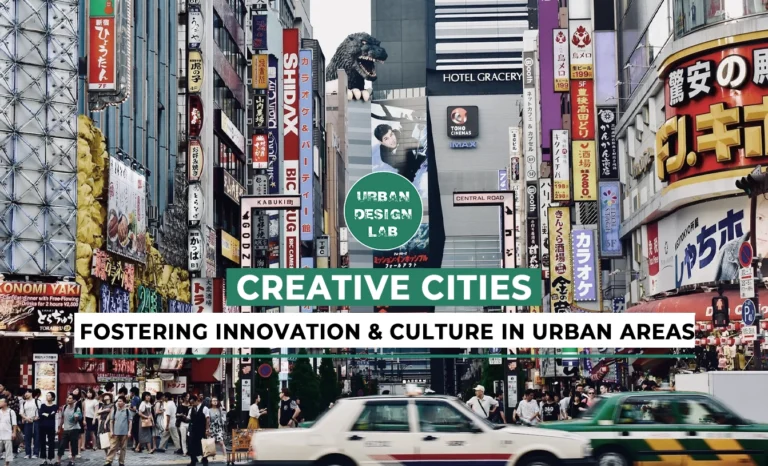
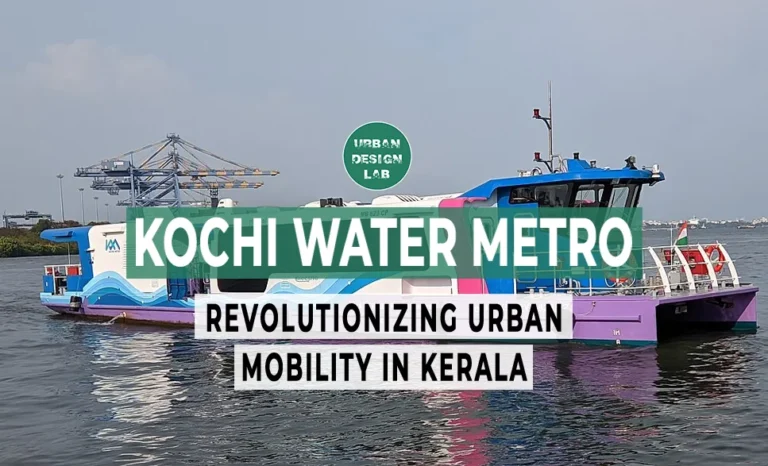
























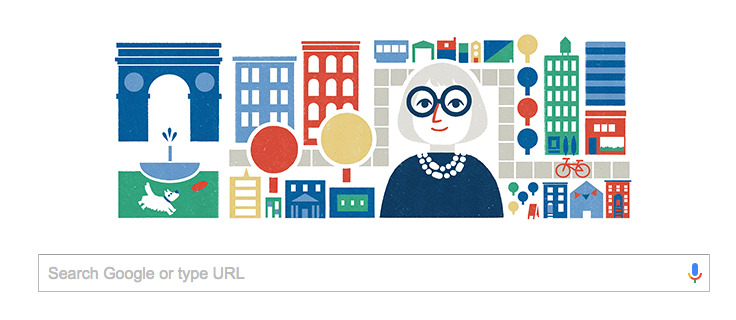
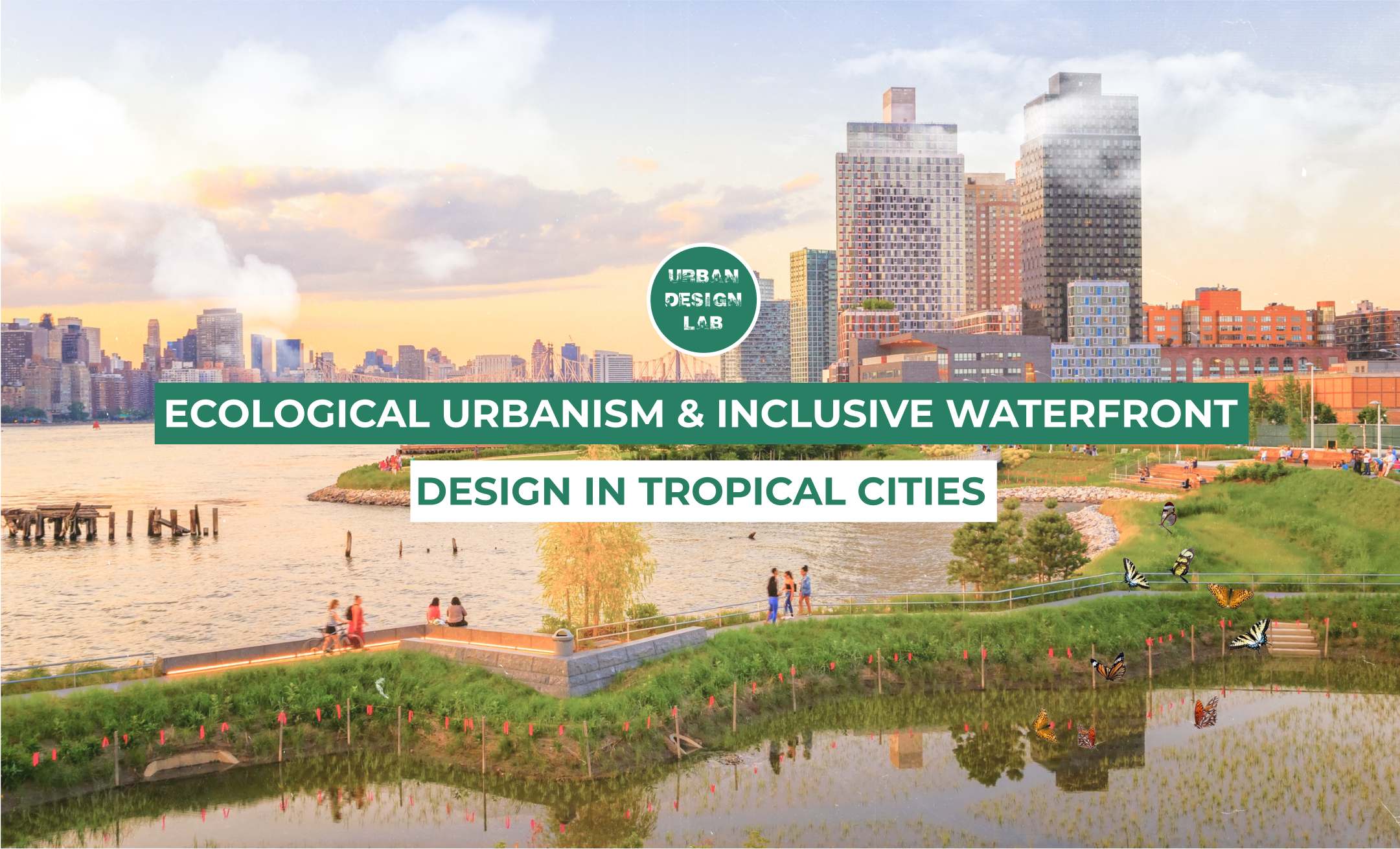
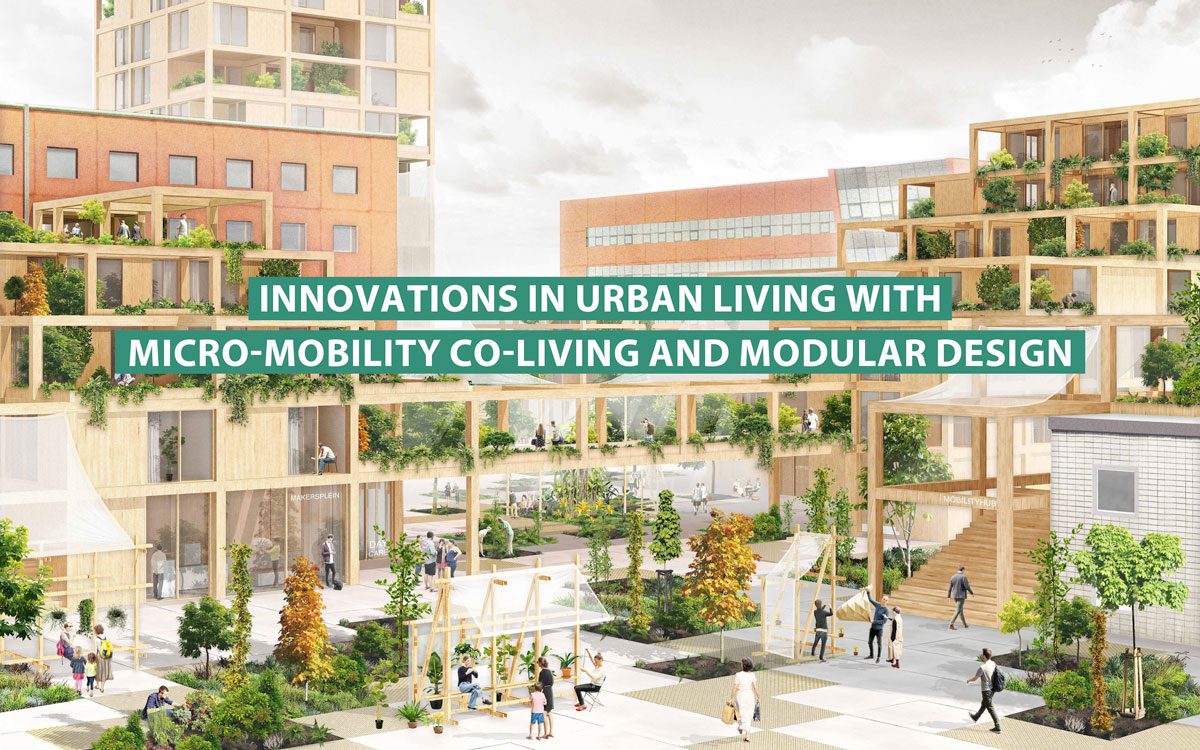
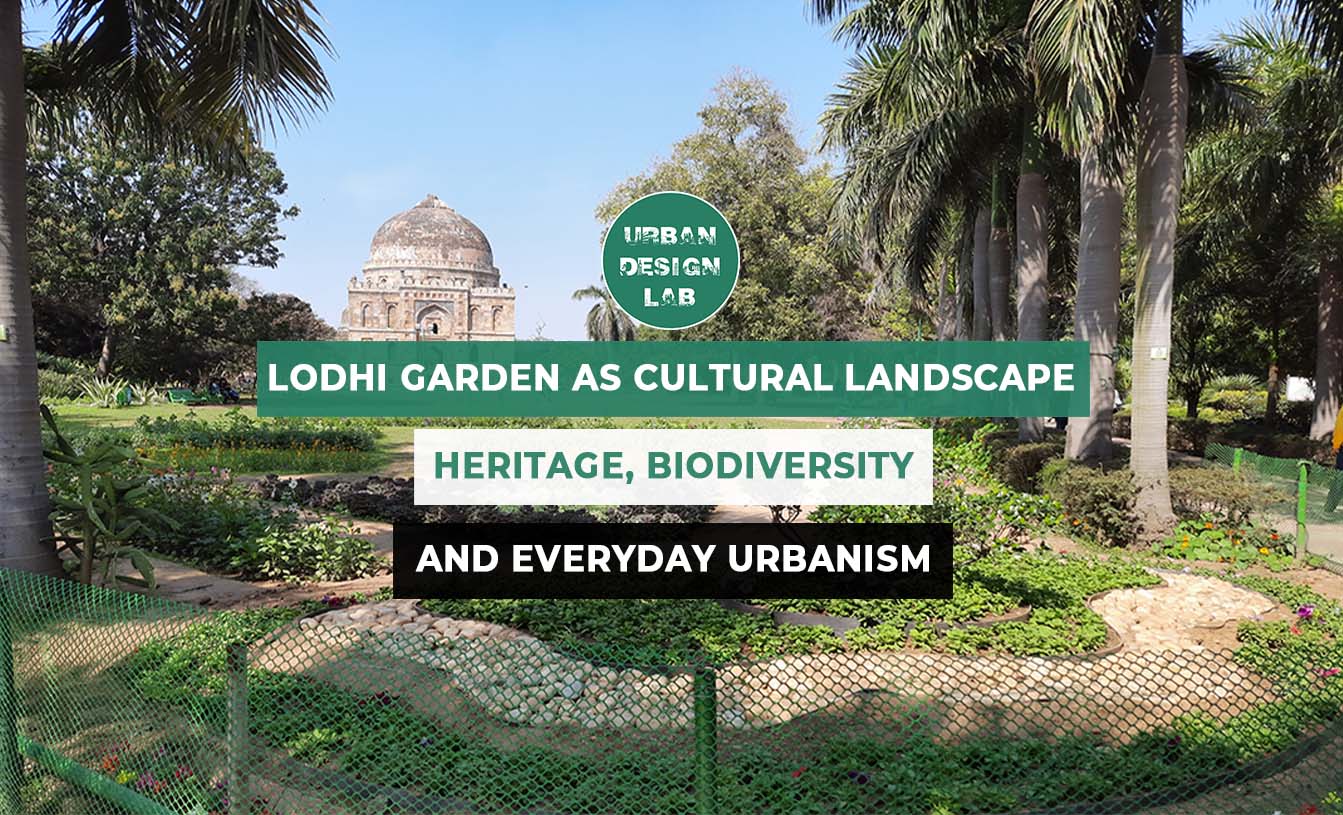

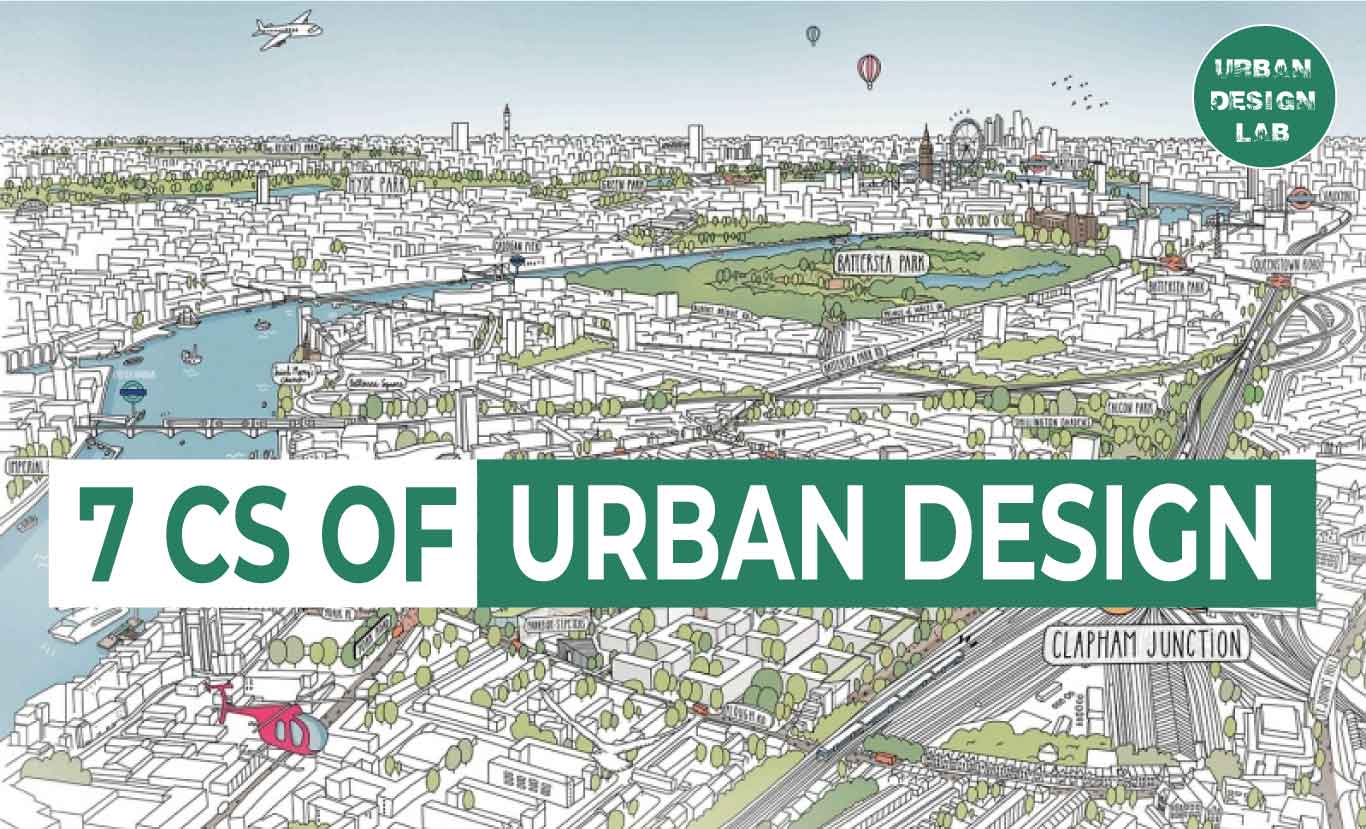
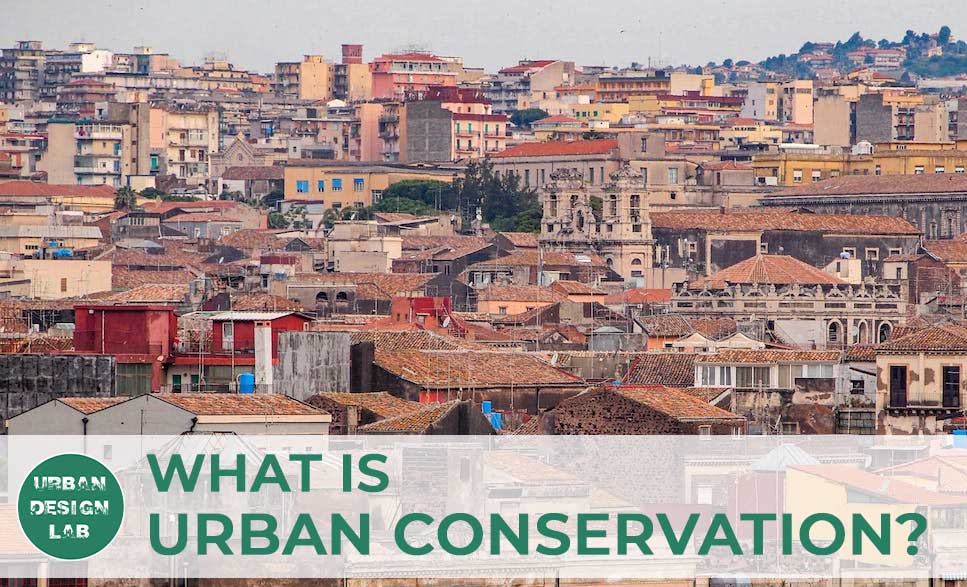
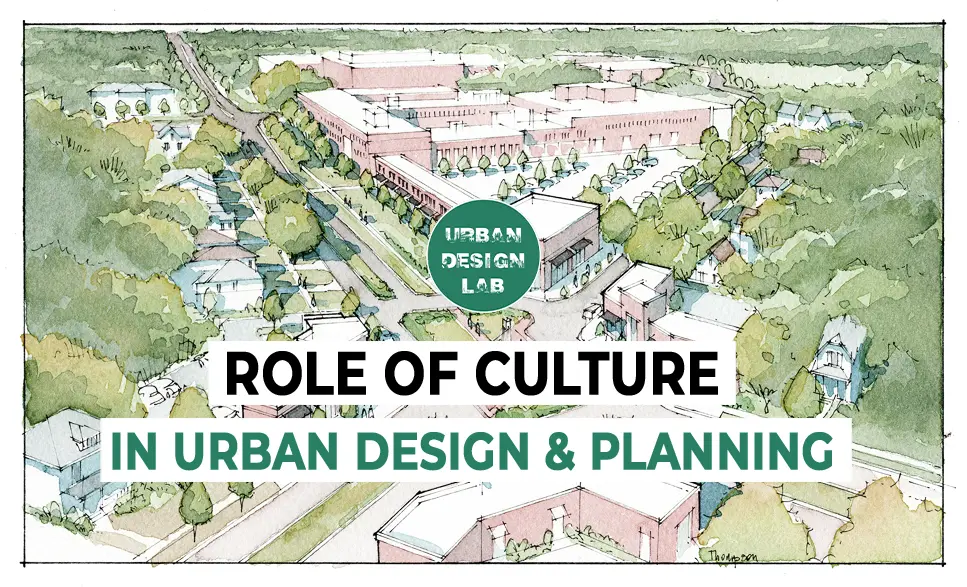




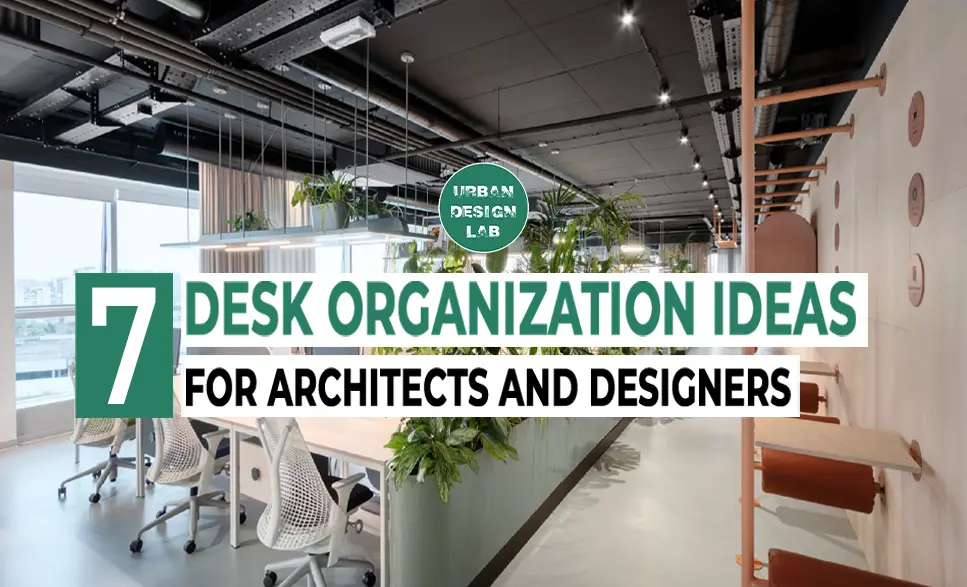
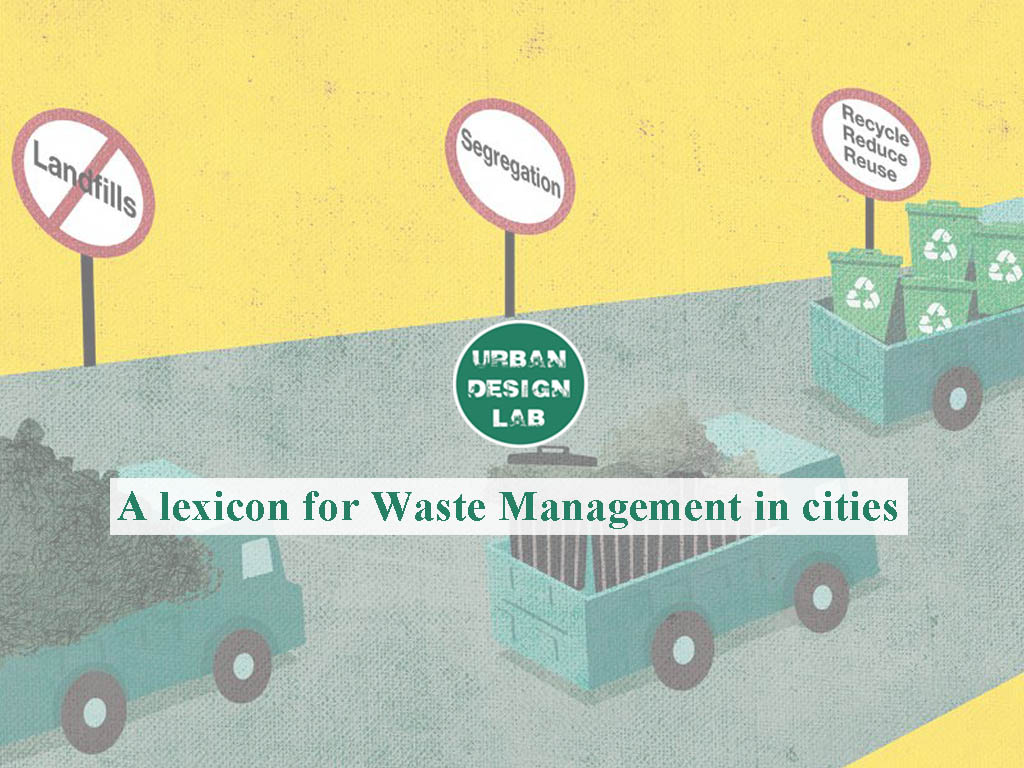
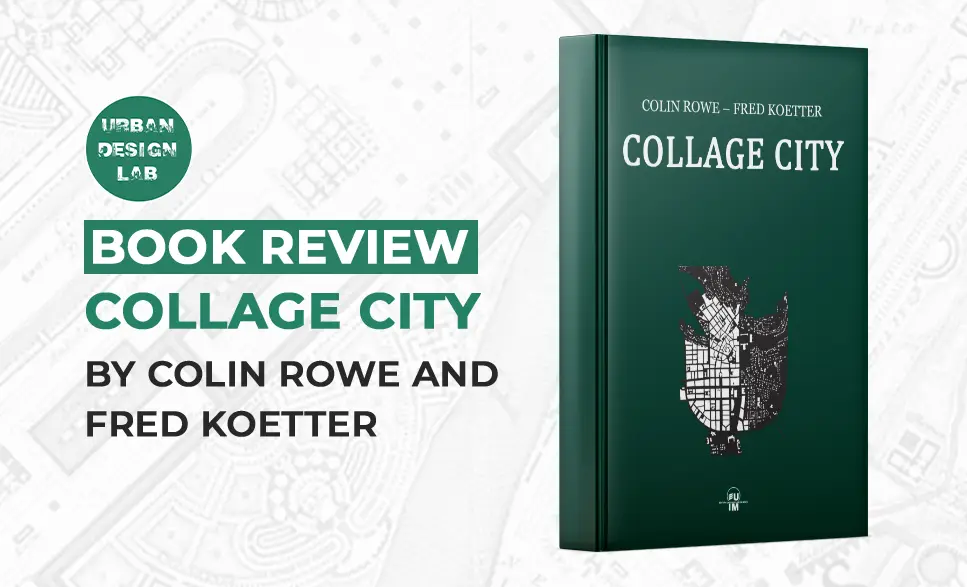
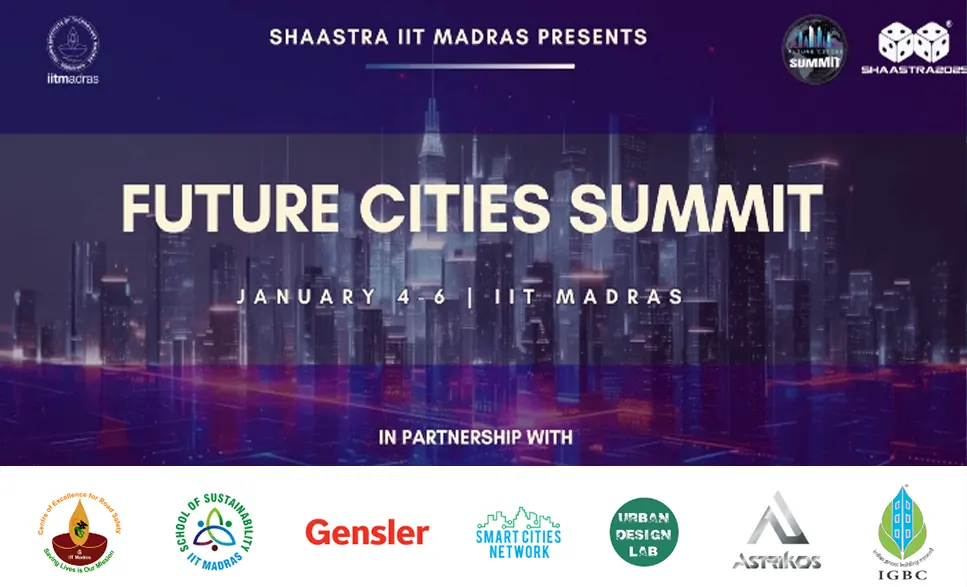


One Comment
The article’s portrayal of Lavasa as a “sustainable hill city” is misleading. The project was marred by environmental violations, including hill cutting, construction in no-development zones, and ignoring state clearances—confirmed by the MoEF’s expert appraisal committee. Lavasa’s current state as a ghost town of vacant apartments and abandoned structures underscores its unsustainable and controversial nature.